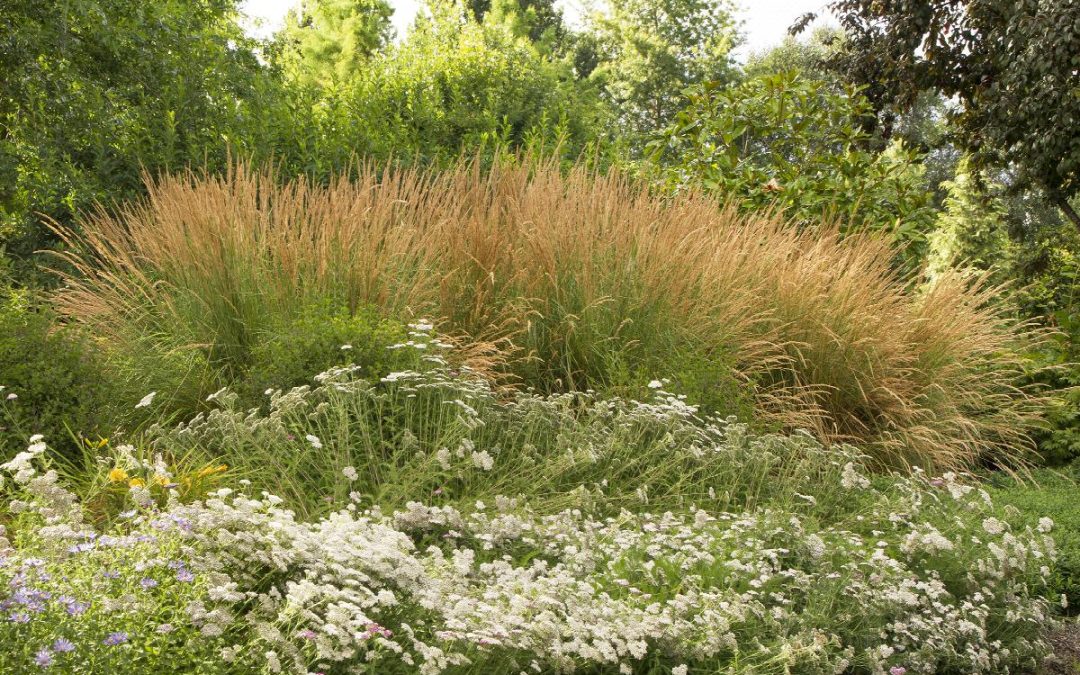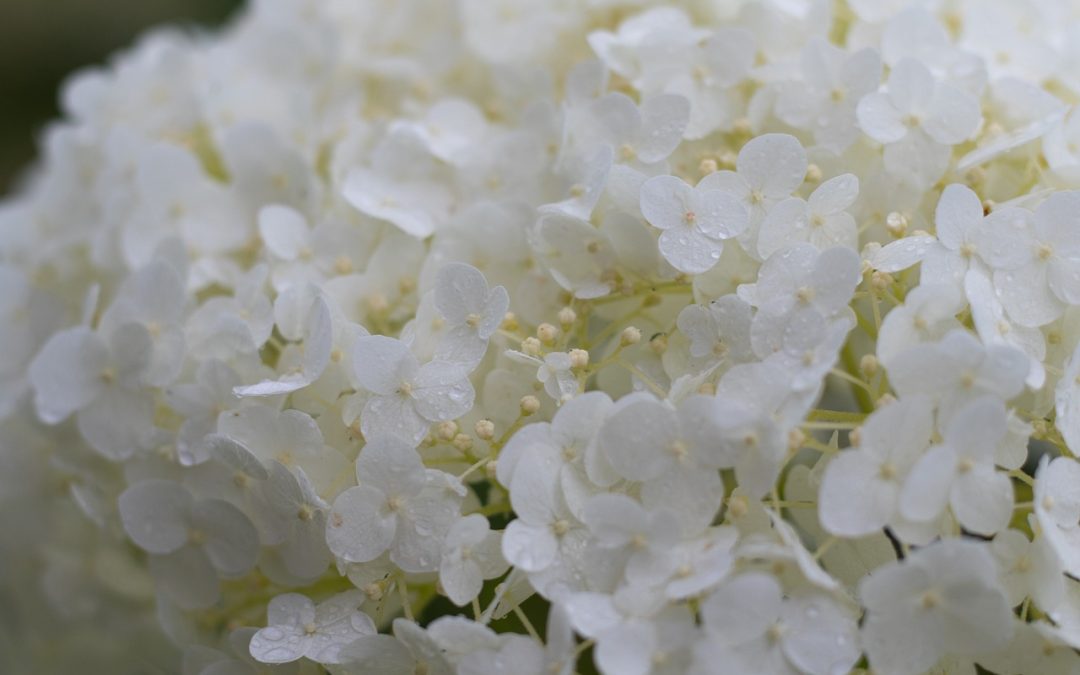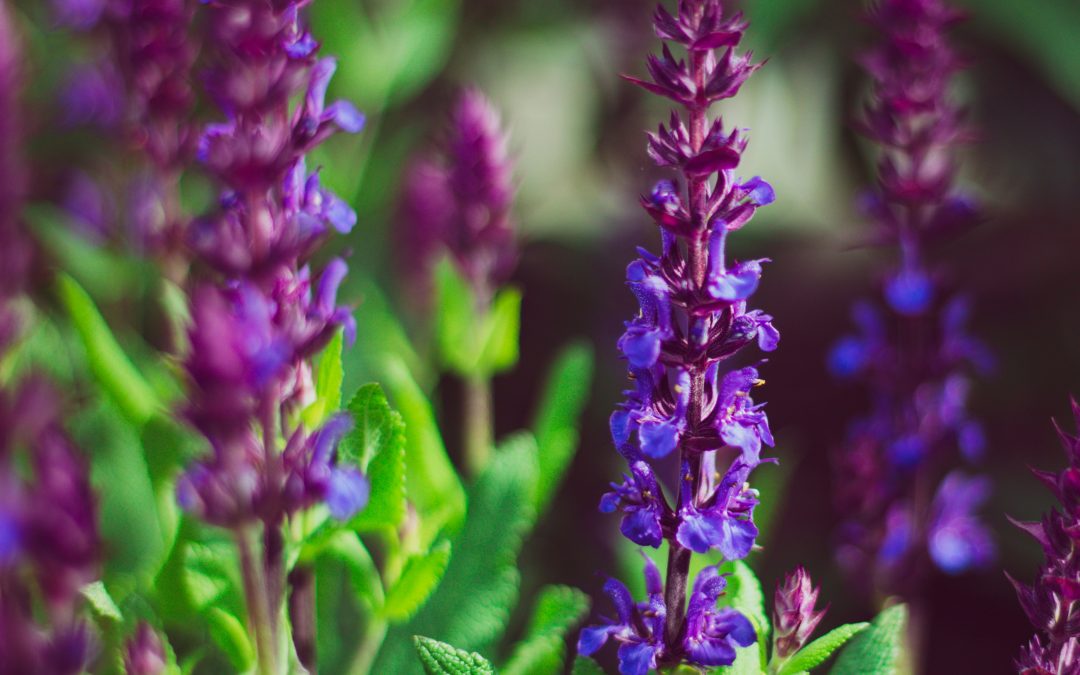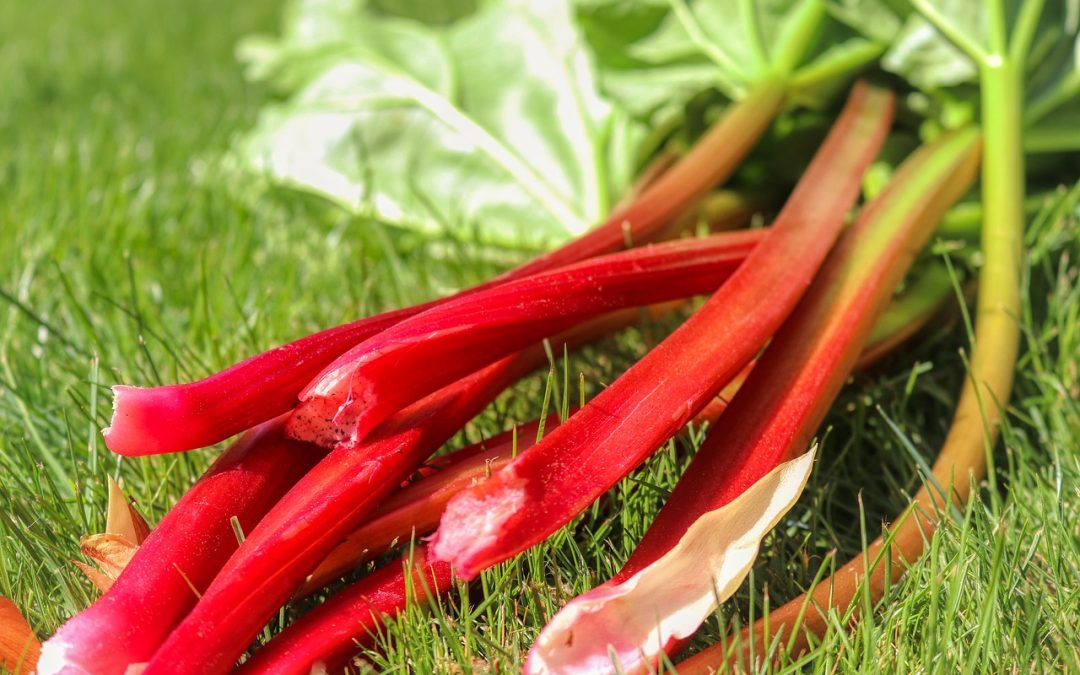
Jack Frost Brunnera is admired for its beautiful heart-shaped leaves that appear dusted with frost, thanks to their silvery overlay and pronounced green veins. During May, it produces delicate sprays of tiny blue flowers that closely resemble forget-me-nots, adding a splash of color to shaded garden spots. This perennial is perfect for woodland settings or as a ground cover under deciduous trees, offering a cool, glowing presence that contrasts nicely with darker foliage.

Karl Foerster Feather Reed Grass is a striking ornamental grass that offers year-round interest with its tall, slender form and feathery plumes that emerge in early summer. It grows quickly in spring, reaching heights of up to 5 feet, and its upright, clumping habit makes it an excellent choice for creating vertical elements in the landscape. This low-maintenance grass is not only drought-tolerant but also thrives in a variety of soil conditions, making it a practical and attractive addition to contemporary or traditional gardens.

The Annabelle Hydrangea is renowned for its spectacular large, round, white flowers that bloom profusely from early summer to fall. Starting to bud in late May, this shrub can produce flower heads measuring up to 12 inches in diameter, creating a stunning visual impact. It is extremely hardy and can recover from severe pruning, making it ideal for colder climates like Wisconsin. Annabelle is perfect for mass plantings or as a standout specimen in a shady garden spot, providing a lush, soft texture to the landscape.

The May Night Salvia is celebrated for its stunning deep indigo blooms that make a bold statement in any garden from late spring to early summer. This perennial is particularly valued for its drought resistance once established and its ability to attract beneficial pollinators like bees and butterflies. A second bloom can be encouraged in the fall with proper deadheading, making it a versatile and vibrant addition to perennial borders or as a striking container plant. Its aromatic foliage also adds a sensory appeal, making it a favorite among gardeners looking to combine beauty with functionality.

Rhubarb is a perennial vegetable that’s as easy to grow as it is versatile in the kitchen. Planting rhubarb crowns in late April takes advantage of the cool spring weather, ideal for establishing their root systems in Cedarburg’s climate. Rhubarb plants prefer a sunny spot with well-drained soil rich in organic matter. Once established, rhubarb can produce for up to 10 years or more, making it an excellent long-term addition to the garden. Its large, green leaves and red stalks can also add a unique aesthetic to the garden space, though it’s important to remember that only the stalks are edible; the leaves are toxic if consumed.
Rhubarb’s tart flavor makes it a favorite for pies, jams, and even savory dishes, offering a taste of spring that extends far into the summer months. As a low-maintenance crop that requires minimal care once established, rhubarb is perfect for both experienced gardeners and beginners. Providing mulch can help retain moisture and suppress weeds, ensuring your rhubarb thrives. Featuring rhubarb in April encourages gardeners to explore the joys of growing their own food and highlights the plant’s dual role as both a functional and decorative element in the garden.





